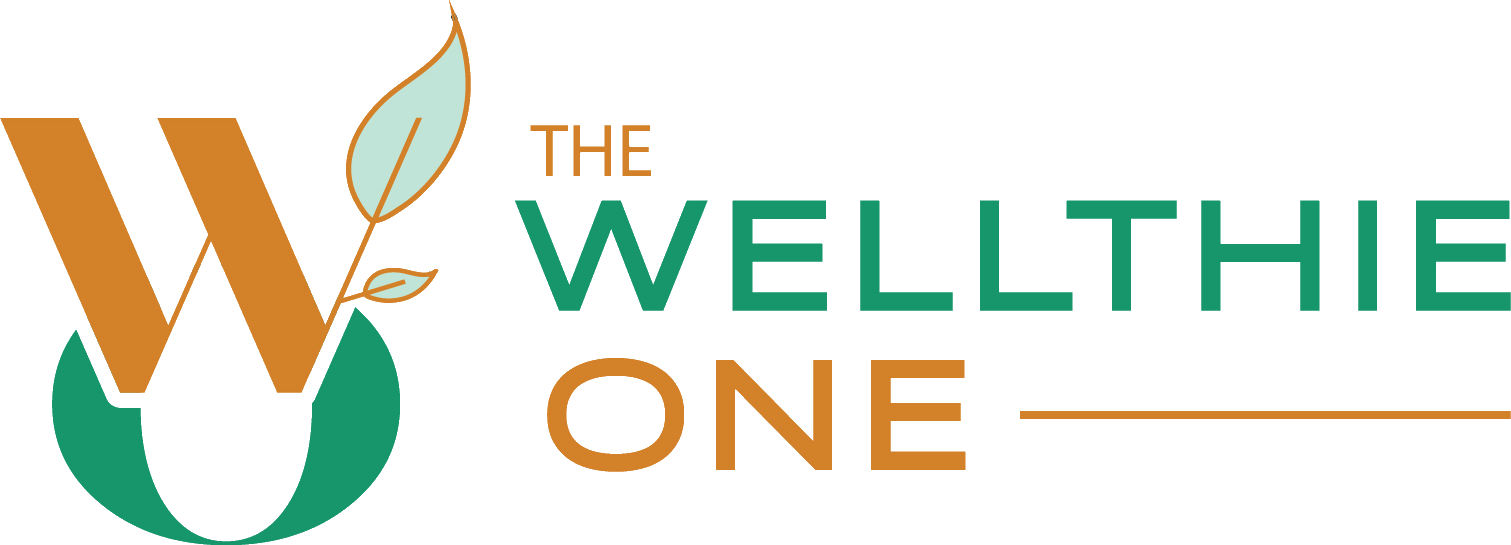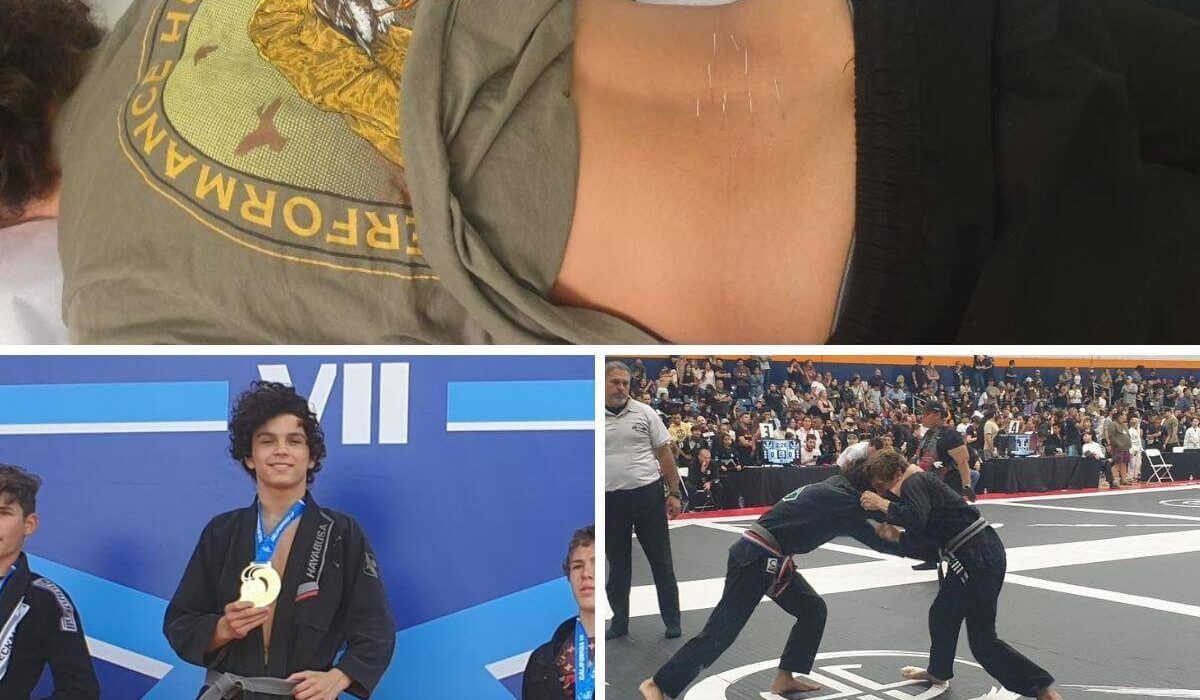Meet Matthew Bain, a 14-year-old competition level jiu-jitsu champion who trains for 2-3 hours 5 days a week with adult black belts to condition him for his next fight.


As a competitive athlete, he pushes his body to the limit, often experiencing soreness and injuries along the way. Recently, during training, he took a move too far and injured his back.
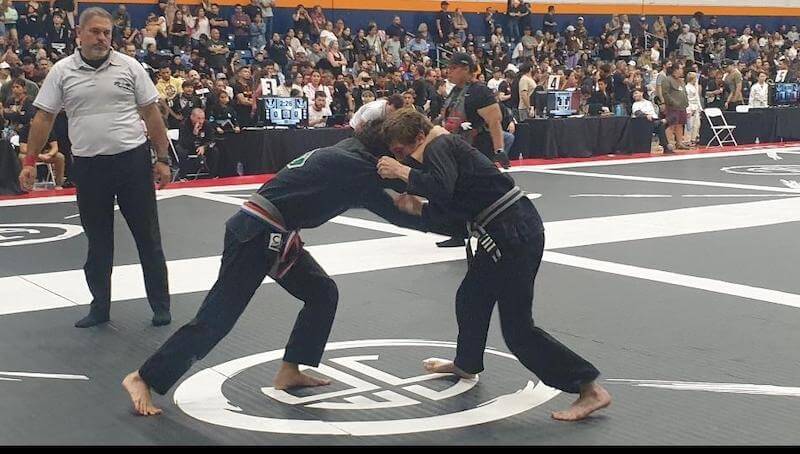
To help ease the pain, Matthew turned to acupuncture, a therapy that he has been using for some time now. He has always treated his body with natural solutions because they work well and do not present any unwanted side effects.
In fact, Matthew gets acupuncture treatments on a regular basis, and they provide relief instantly. But have you ever heard of dry needling? How does it differ from acupuncture, and which therapy is best for you? In this blog post, we’ll explore the benefits of each therapy and help you decide which one might be right for you.
What is acupuncture?
Acupuncture is a traditional Chinese medicine that uses tiny stainless-steel needles to stimulate certain points on the body. It is a form of Traditional Chinese Medicine (TCM) that involves the insertion of needles into specific points on the body in order to treat various illnesses, painful conditions, injuries, and for therapeutic purposes.
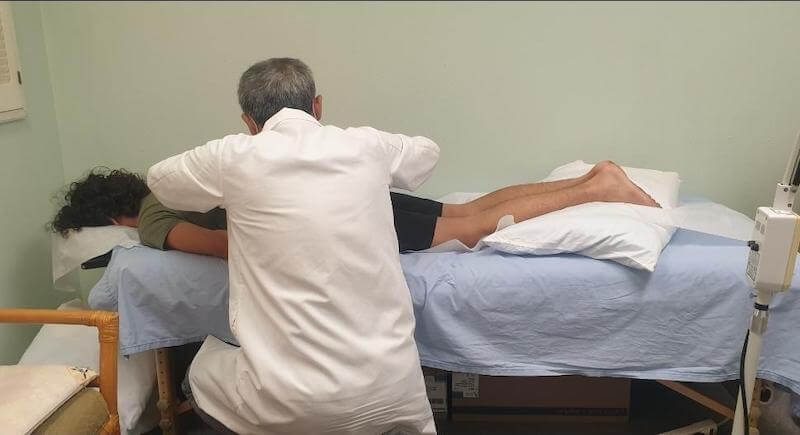
Acupuncture has been used for thousands of years in China and other parts of Asia to treat a variety of illnesses, including pain, infertility, and allergies. There is some scientific evidence that acupuncture may be effective for treating certain conditions, such as chronic pain and arthritis.
These points are known to work on the body’s energy system, and as a result, the therapy is often effective in treating pain, inflammation, and other conditions. A recent study found that acupuncture was more effective at reducing pain and inflammation than conventional care (when using medications and physical therapy).
What is dry needling?
Dry needling is essentially the name for Western acupuncture that uses fine needles to stimulate points on the body. The kind of needle used is similar or the same as the acupuncture needle.
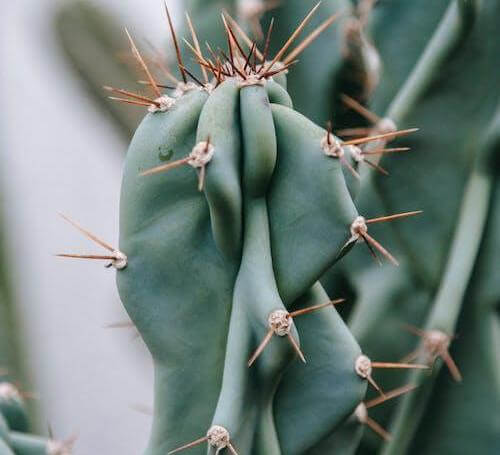
“Dry needling” is a technique used by physical therapists and other medical professionals to treat muscle pain and tension. A thin needle is inserted into the muscle tissue and then manipulated in order to release the tension or trigger points that are causing the pain.
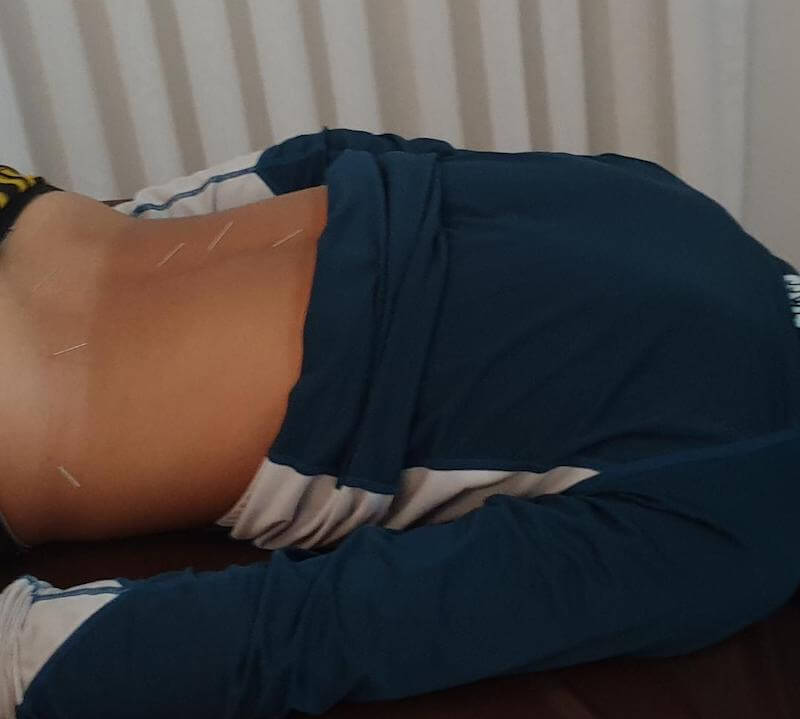
In order to perform dry needling, therapists must complete a certification process. The process typically involves completing a course on dry needling technique and passing an exam.

After becoming certified, therapists may also receive additional training in how to properly insert needles and identify trigger points. As dry needling becomes more popular as a treatment option, it is likely that more certification programs will become available.
Dry needling is often effective in treating conditions like tennis elbow, carpal tunnel syndrome, and chronic back pain. It can be painful, but many people find that it provides relief from chronic muscle pain. It’s used to treat a variety of issues, including pain relief and inflammation reduction.
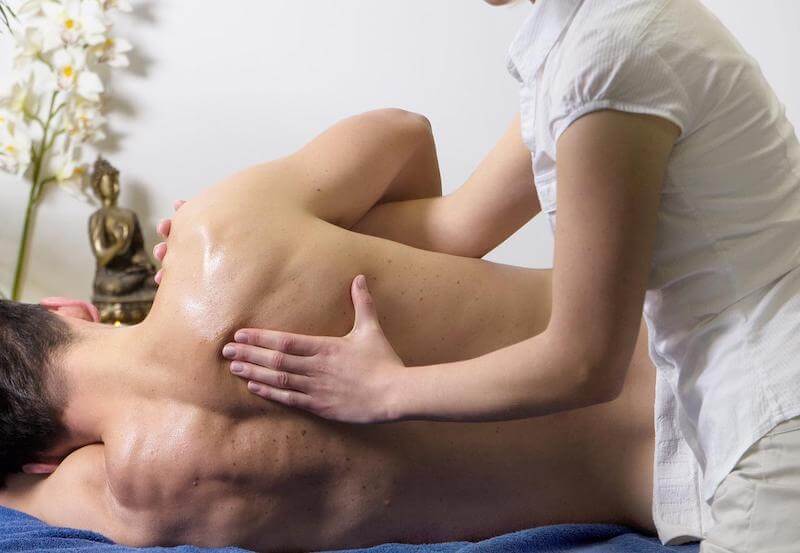
What are the benefits of acupuncture?
Acupuncture is a form of alternative medicine that involves sticking thin needles into the body to relieve pain. It is a practice that has been used for centuries in Eastern medicine, and is believed to help reduce inflammation and improve blood circulation.

It’s based on the idea that chi, or energy, flows through the body and can be blocked by things like illness, injury, or emotional stress. Acupuncture seeks to bring back full energy flow after a blockage. Acupuncture seeks to bring the body’s energy flow back into a state of balance.
There are a lot of different theories about how acupuncture works, but most experts believe that it helps relieve pain by stimulating the release of endorphins, which are natural pain killers.
Rush University System for Health explains the benefits of acupuncture in this 1 minute video
Acupuncture vs. dry needling: What’s the difference?
There is a lot of confusion around the terms “acupuncture” and “dry needling.” Some people use them interchangeably, while
others think they are two completely different procedures. The truth is that they are both forms of dry needling, but acupuncture is a form of traditional Chinese medicine (TCM), while dry needling is a form of Western medicine.

They are both essentially the same procedure-the only difference is the underlying philosophy behind them. Acupuncture is based on TCM, or Traditional Chinese Medicine, principles, while dry needling is based on modern scientific principles. They both use sterile needles to produce stimulation of nerves to create healing and to relieve discomfort.
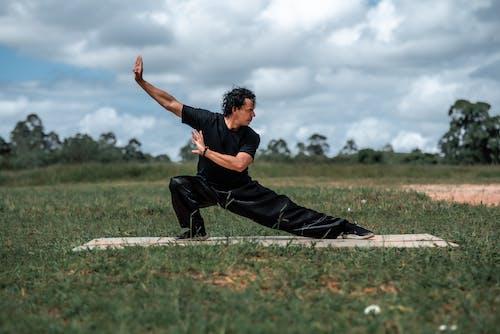
Both dry needling and acupuncture are ancient medical techniques that have been used for centuries to promote healing and restore balance in the body.
Dry needling involves the use of thin needles inserted into specific trigger points to help reduce pain, improve range of motion, and promote healing. This technique is often used to treat muscle pain and tension, as well as injuries sustained through athletic activity.
Acupuncture, on the other hand, uses the same thin needles to stimulate specific points along the body’s meridians, with the goal of promoting healing and restoring balance to the body’s energy flow. This technique has been used to treat a wide variety of conditions, including pain, digestive problems, insomnia, and more.
While both techniques have their differences, they share a common goal in promoting natural healing and restoring balance to the body.
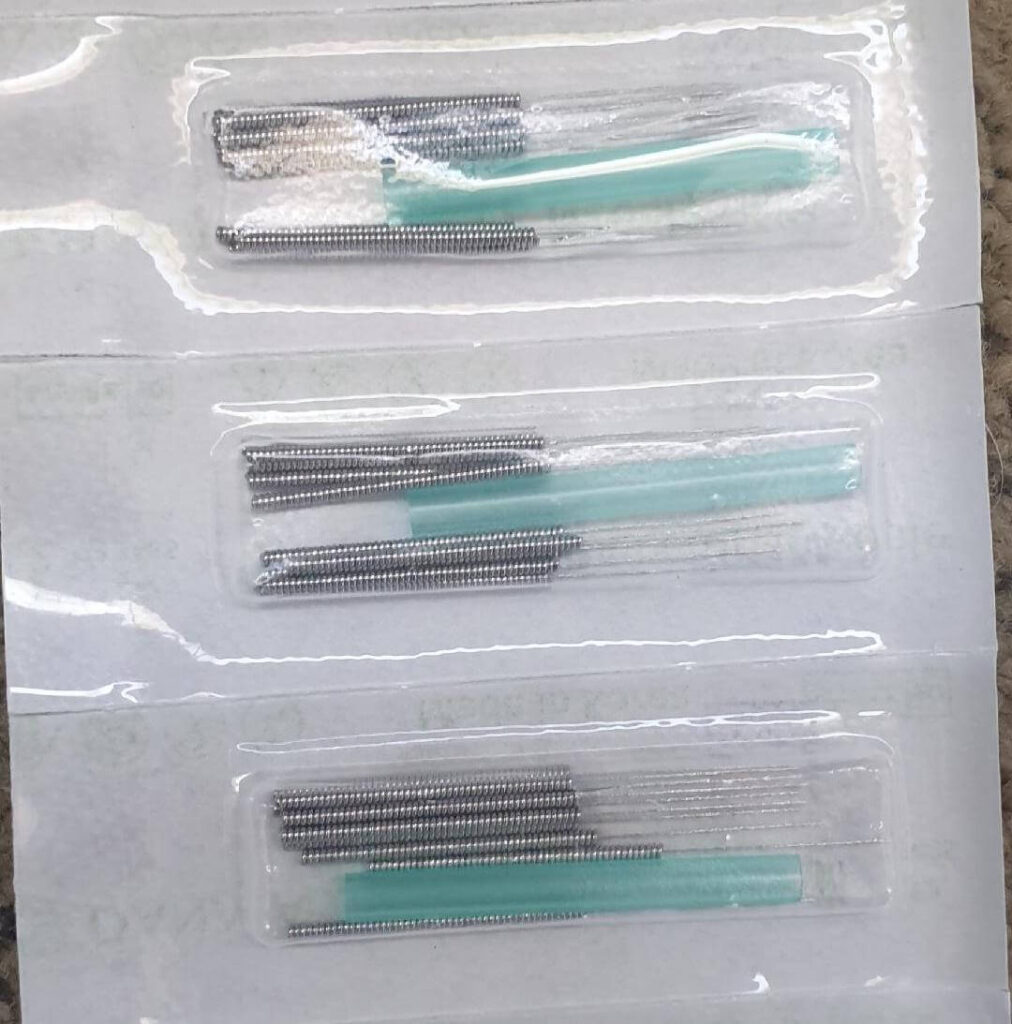
For those seeking an alternative to traditional medicine, dry needling and acupuncture can both be effective options for treating a range of physical and emotional ailments.
Both therapies are effective in treating these types of issues and medical conditions and more:
- Neck pain
- Knee pain
- muscle tangle
- tennis elbow
- stiffness
- spasm
- general muscular tension
- Sports injuries
- tightness
- Nervous system issues
- sciatica
- Lower back pain
- general soreness
- digestive issues
- migraines
- fibromyalgia
- Pain management
Risks
While dry needling and acupuncture are generally considered safe, there are some risks associated with these practices. The most common risk is minor bleeding or bruising at the site of the needles. Other potential risks include infection and nerve damage, although these are extremely rare.
To minimize the risks of complications, it is important to seek out a qualified and experienced practitioner who is trained in the proper techniques and protocols. In addition, it’s always a good idea to discuss any concerns with your healthcare provider before trying any new treatments or therapies.
Overall, the risks associated with dry needling and acupuncture are relatively low compared to the potential benefits, making them a safe and effective option for those seeking alternative health and healing methods.
What does research say about acupuncture and dry needling?
Acupuncture and dry needling are ancient medical practices with roots in Eastern Chinese medicine that have been used for centuries to promote healing and restore balance in the body.
Recent research has shown that both practices can be highly effective in treating a wide range of conditions. For example, a study published in the Journal of Pain Research found that acupuncture effectively reduced pain levels in patients with chronic low back pain.
Another study found that dry needling helped reduce muscle tension and improved joint mobility in patients with knee osteoarthritis. Additionally, research suggests that acupuncture may be an effective treatment for conditions like migraines, anxiety, depression, and insomnia.
Overall, the evidence strongly supports the use of acupuncture and dry needling as safe and effective alternatives to traditional medical treatments, particularly for those seeking natural and holistic approaches to healthcare.
If you’re curious about trying alternative health and healing methods, acupuncture and dry needling are great places to start – and you may be surprised at how much they can benefit you!

Concluding thoughts about incorporating acupuncture and dry needling into an athletic regime.
As an athlete, incorporating acupuncture and dry needling into your wellness routine can be a game-changer. By targeting specific trigger points and meridians, these techniques can help prevent injuries, speed up recovery time, and improve overall performance.
Both acupuncture and dry needling have been used for centuries and are proven safe and effective methods for healing and restoring balance in the body.
So whether you’re dealing with chronic pain, recovering from an injury, or just looking to optimize your athletic performance, you may want to give acupuncture and dry needling a try. The result will likely be a pleasant surprise at how much they can benefit performance!
Additional Sources and Reading
- “Dry Needling vs Acupuncture: What’s the Difference?” by Healthline – https://www.healthline.com/health/dry-needling-vs-acupuncture
- “Acupuncture for Sports Injuries” by Verywell Health – https://www.verywellhealth.com/acupuncture-for-sports-injuries-2704652
- “What is Dry Needling?” by the American Physical Therapy Association – https://www.apta.org/your-practice/clinical-practice/patient-care/dry-needling
- “The Effectiveness of Acupuncture in Sports Medicine” by the National Center for Biotechnology Information – https://www.ncbi.nlm.nih.gov/pmc/articles/PMC4414525/
- “The Use of Acupuncture in Sports Medicine” by the British Acupuncture Council – https://www.acupuncture.org.uk/a-to-z-of-conditions/a-to-z-of-conditions/sporting-injuries.html
The links used on thewellthieone.com are affiliate links, which may provide a small commission. This does not increase the price of the goods for the consumer whatsoever. What it does is ensure that useful content like this can continue to be produced. Thank-you for enjoying our content and allowing us to continue to provide more.
